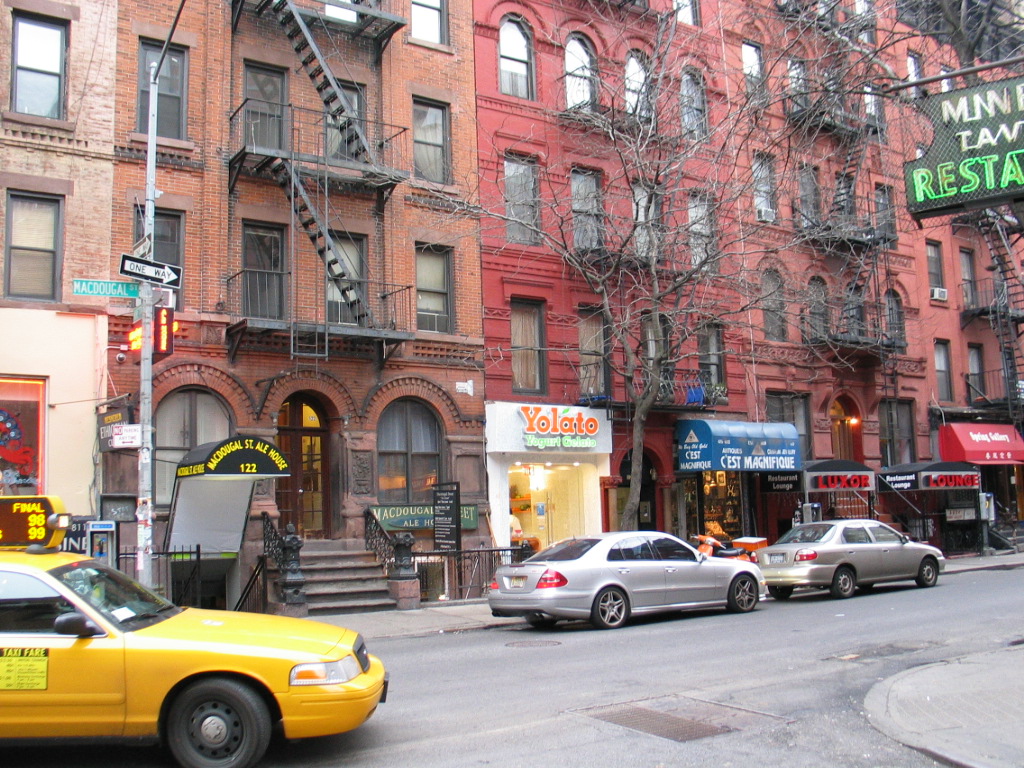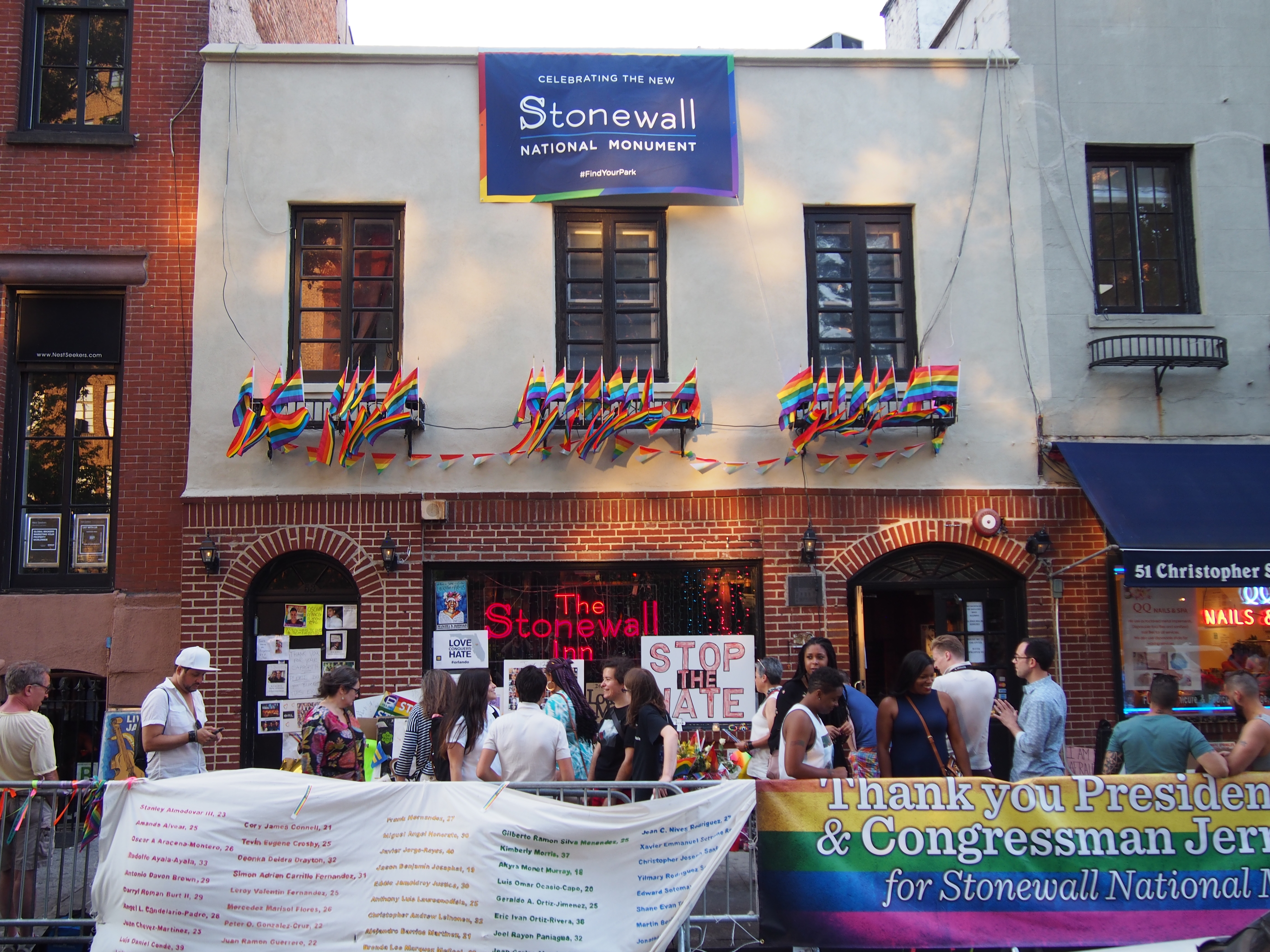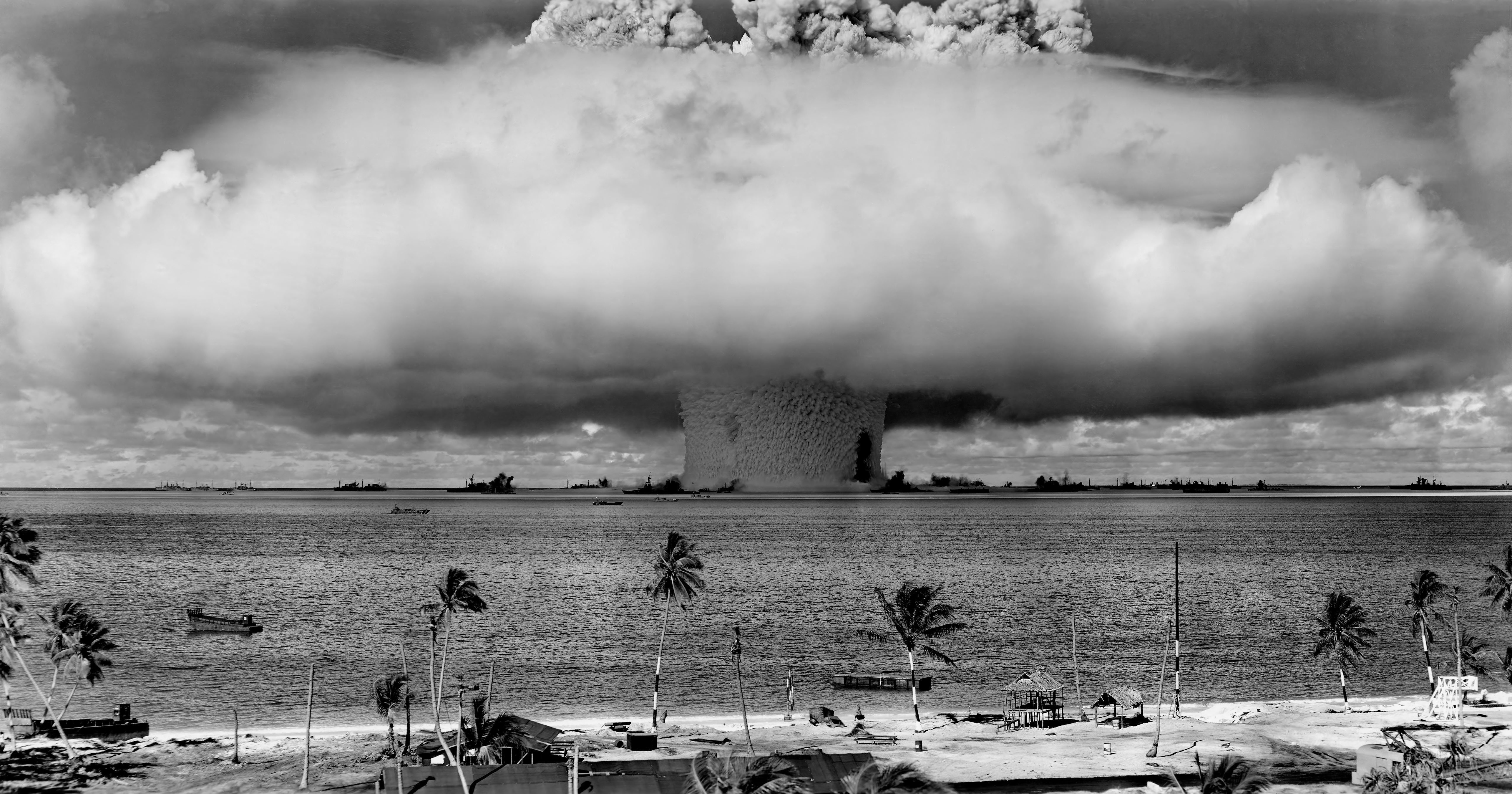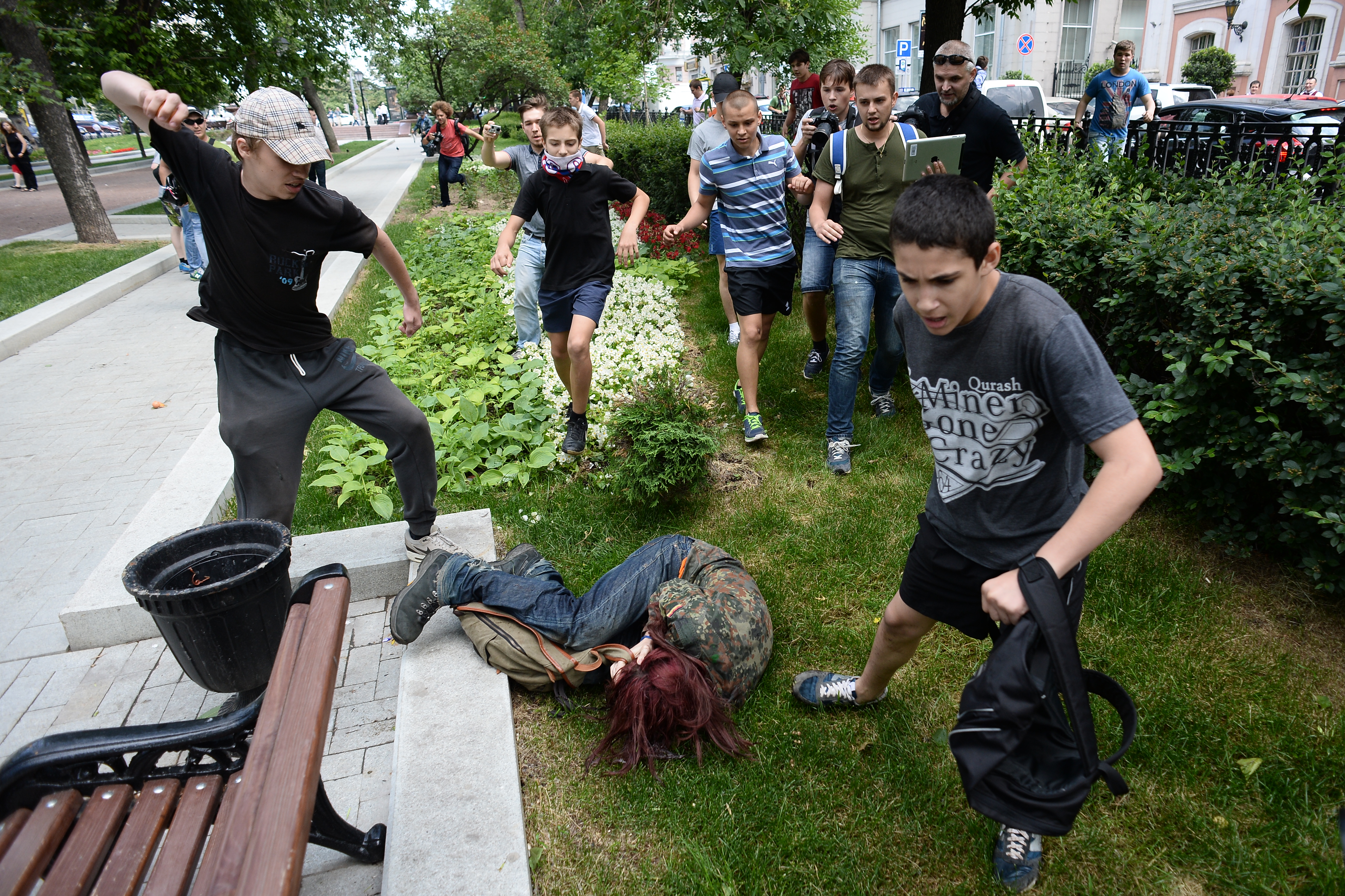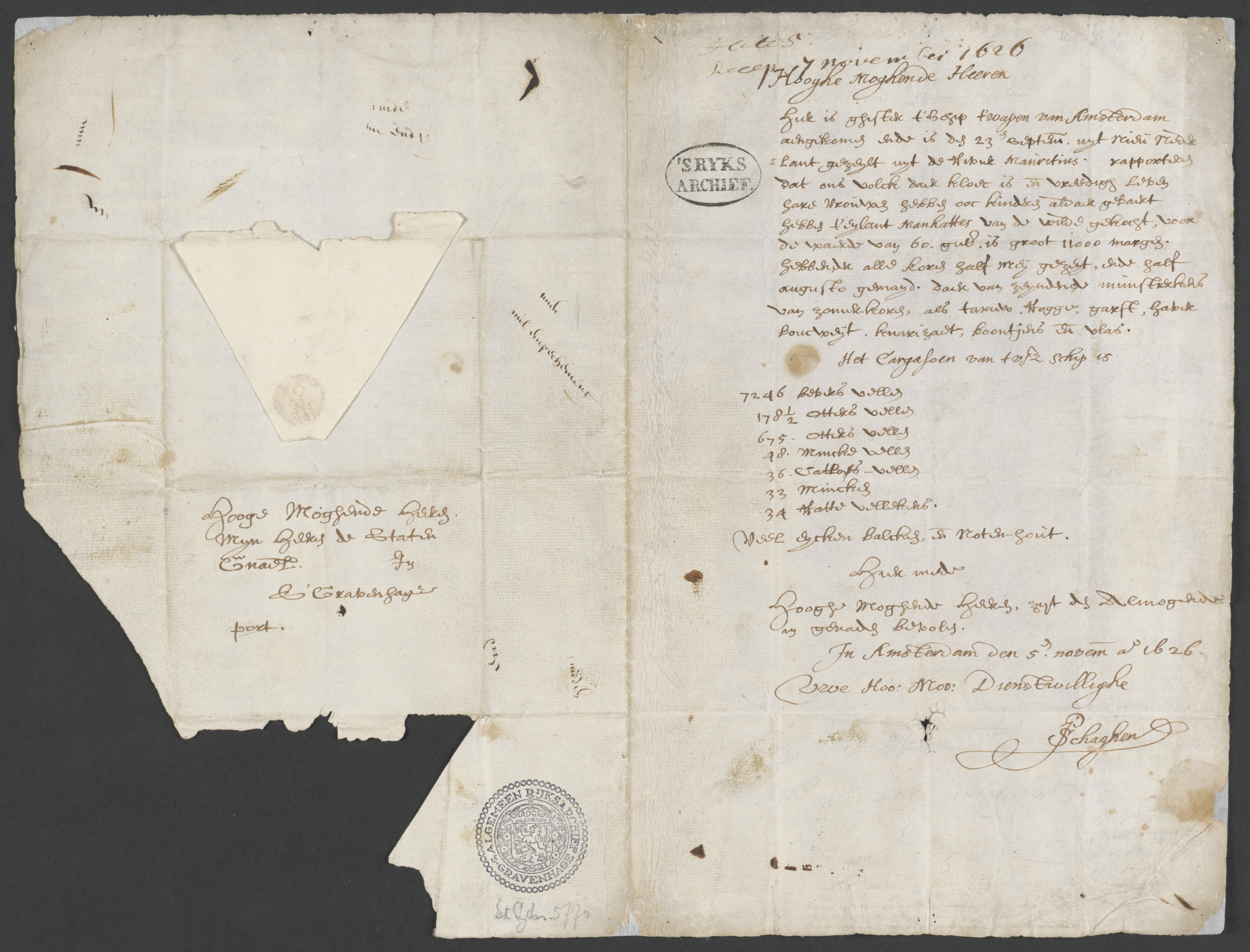|
Greenwich Village
Greenwich Village, or simply the Village, is a neighborhood on the west side of Lower Manhattan in New York City, bounded by 14th Street (Manhattan), 14th Street to the north, Broadway (Manhattan), Broadway to the east, Houston Street to the south, and the Hudson River to the west. Greenwich Village also contains several subsections, including the West Village west of Seventh Avenue (Manhattan), Seventh Avenue and the Meatpacking District, Manhattan, Meatpacking District in the northwest corner of Greenwich Village. Its name comes from ''Groenwijck'', Dutch language, Dutch for "Green District". In the 20th century, Greenwich Village was known as an artists' haven, the Bohemianism, bohemian capital, the cradle of the modern LGBTQ social movements, LGBTQ movement, and the East Coast birthplace of both the Beat Generation and counterculture of the 1960s. Greenwich Village contains Washington Square Park, as well as two of New York City's private colleges, New York University (NYU) ... [...More Info...] [...Related Items...] OR: [Wikipedia] [Google] [Baidu] |
West Village
The West Village is a neighborhood in the western section of the larger Greenwich Village neighborhood of Lower Manhattan, New York City. The West Village is bounded by the Hudson River to the west and 14th Street (Manhattan), 14th Street to the north. The eastern boundary is variously cited as Greenwich Avenue, Seventh Avenue (Manhattan), Seventh Avenue, or Sixth Avenue, while the southern boundary is either Houston Street or Christopher Street. The West Village is part of Manhattan Community Board 2, Manhattan Community District 2, and is patrolled by the 6th Precinct of the New York City Police Department. Residential property sale prices in West Village are among the most expensive in the United States, typically exceeding US in 2017. History The designation "West Village" emerged amidst successful preservation efforts in the 1950s–1960s. Residents and preservationists began using the designation "West Village" to distinguish this section of Greenwich Village from the ... [...More Info...] [...Related Items...] OR: [Wikipedia] [Google] [Baidu] |
Neighborhoods In Manhattan
A neighbourhood (Commonwealth English) or neighborhood (American English) is a geographically localized community within a larger town, city, suburb or rural area, sometimes consisting of a single street and the buildings lining it. Neighbourhoods are often social communities with considerable face-to-face interaction among members. Researchers have not agreed on an exact definition, but the following may serve as a starting point: "Neighbourhood is generally defined spatially as a specific geographic area and functionally as a set of social networks. Neighbourhoods, then, are the Neighbourhood unit, spatial units in which face-to-face social interactions occur—the personal settings and situations where residents seek to realise common values, socialise youth, and maintain effective social control." Preindustrial cities In the words of the urban scholar Lewis Mumford, "Neighborhoods, in some annoying, inchoate fashion exist wherever human beings congregate, in permanent famil ... [...More Info...] [...Related Items...] OR: [Wikipedia] [Google] [Baidu] |
Hudson River
The Hudson River, historically the North River, is a river that flows from north to south largely through eastern New York (state), New York state. It originates in the Adirondack Mountains at Henderson Lake (New York), Henderson Lake in the town of Newcomb, New York, Newcomb, and flows south to the New York Bay , New York Bay, a tidal estuary between New York City, New York and Jersey City, Jersey City, before draining into the Atlantic Ocean , Atlantic Ocean. The river marks boundaries between several County (New York), New York counties and the eastern border between the U.S. states of New York and New Jersey , New Jersey. The lower half of the river is a tidal estuary, deeper than the body of water into which it flows, occupying the Hudson Fjord, an inlet that formed during the most recent period of North American Quaternary glaciation, glaciation, estimated at 26,000 to 13,300 years ago. Even as far north as the city of Troy, New York, Troy, the flow of the river chan ... [...More Info...] [...Related Items...] OR: [Wikipedia] [Google] [Baidu] |
New York University
New York University (NYU) is a private university, private research university in New York City, New York, United States. Chartered in 1831 by the New York State Legislature, NYU was founded in 1832 by Albert Gallatin as a Nondenominational Christianity, non-denominational all-male institution near New York City Hall, City Hall based on a curriculum focused on a secular education. The university moved in 1833 and has maintained its main campus in Greenwich Village surrounding Washington Square Park. Since then, the university has added an engineering school in Brooklyn's MetroTech Center and graduate schools throughout Manhattan. NYU is one of the largest private universities in the United States by enrollment, with a total of 51,848 enrolled students in 2021. It is one of the most applied-to schools in the country and admissions are considered selective. NYU's main campus in New York City is organized into ten undergraduate schools, including the New York University College ... [...More Info...] [...Related Items...] OR: [Wikipedia] [Google] [Baidu] |
Washington Square Park
Washington Square Park is a public park in the Greenwich Village neighborhood of Lower Manhattan, New York City. It is an icon as well as a meeting place and center for cultural activity. The park is operated by the New York City Department of Parks and Recreation (NYC Parks). The park is an open space, dominated by the Washington Square Arch at the northern gateway to the park, with a tradition of celebrating nonconformity. The park's fountain area has long been one of the city's popular spots, and many of the local buildings have at one time served as homes and studios for artists. Many buildings have been built by New York University, while others have been converted from their former uses into academic and residential buildings. __TOC__ Location and features Located at the foot of Fifth Avenue, the park is bordered by Washington Square North (known as Waverly Place east and west of the park), Washington Square East (known as University Place north of the park), Washi ... [...More Info...] [...Related Items...] OR: [Wikipedia] [Google] [Baidu] |
Counterculture Of The 1960s
The counterculture of the 1960s was an anti-establishment cultural phenomenon and political movement that developed in the Western world during the mid-20th century. It began in the early 1960s, and continued through the early 1970s. It is often synonymous with cultural liberalism and with the various social changes of the decade. The effects of the movement"iarchive:cubanc 000104, Where Have All the Rebels Gone?" Ep. 125 of ''Assignment America''. Buffalo, NY: WNET. 1975.Transcript availablevia American Archive of Public Broadcasting.) have been ongoing to the present day. The aggregate movement gained momentum as the civil rights movement in the United States had made significant progress, such as the Voting Rights Act of 1965, and with the intensification of the Vietnam War that same year, it became revolutionary to some. As the movement progressed, widespread social tensions also developed concerning other issues, and tended to flow along generational lines regarding Individu ... [...More Info...] [...Related Items...] OR: [Wikipedia] [Google] [Baidu] |
Beat Generation
The Beat Generation was a literary subculture movement started by a group of authors whose work explored and influenced American culture and politics in the post-World War II era. The bulk of their work was published and popularized by members of the Silent Generation in the 1950s, better known as Beatniks. The central elements of Beat culture are the rejection of standard narrative values, making a spiritual quest, the exploration of American and Eastern religions, the rejection of economic materialism, explicit portrayals of the human condition, experimentation with psychedelic drugs, and sexual liberation and exploration. Allen Ginsberg's '' Howl'' (1956), William S. Burroughs' ''Naked Lunch'' (1959), and Jack Kerouac's ''On the Road'' (1957) are among the best-known examples of Beat literature.Charters (1992) ''The Portable Beat Reader''. Both ''Howl'' and ''Naked Lunch'' were the focus of obscenity trials that ultimately helped to liberalize publishing in the United State ... [...More Info...] [...Related Items...] OR: [Wikipedia] [Google] [Baidu] |
LGBTQ Social Movements
Lesbian, gay, bisexual, transgender and queer (LGBTQ) movements are social movements that advocate for LGBTQ people in society. Although there is not a primary or an overarching central organization that represents all LGBTQ people and their interests, numerous List of LGBTQ rights organizations, LGBTQ rights organizations are active worldwide. The first homosexual movement, first organization to promote LGBTQ rights was the Scientific-Humanitarian Committee, founded in 1897 in Berlin. A commonly stated goal among these movements is LGBT rights, equal rights for LGBTQ people, often focusing on specific goals such as ending the criminalization of homosexuality or enacting same-sex marriage. Others have focused on building LGBTQ communities or worked towards liberation for the broader society from homophobia, biphobia, and transphobia. LGBTQ movements organized today are made up of a wide range of political activism and cultural activity, including lobbying, Demonstration (peopl ... [...More Info...] [...Related Items...] OR: [Wikipedia] [Google] [Baidu] |
Bohemianism
Bohemianism is a social and cultural movement that has, at its core, a way of life away from society's conventional norms and expectations. The term originates from the French ''bohème'' and spread to the English-speaking world. It was used to describe mid-19th-century non-traditional lifestyles, especially of artists, writers, journalists, musicians, and actors in major European cities. Bohemian is a 19th-century historical and literary topos that places the milieu of young metropolitan artists and intellectuals—particularly those of the Latin Quarter in Paris—in a context of poverty, hunger, appreciation of friendship, idealization of art and contempt for money. Based on this topos, the most diverse real-world subcultures are often referred to as "bohemian" in a figurative sense, especially (but by no means exclusively) if they show traits of a precariat. Bohemians were associated with unorthodox or anti-establishment political or social viewpoints expressed through f ... [...More Info...] [...Related Items...] OR: [Wikipedia] [Google] [Baidu] |
Long Island
Long Island is a densely populated continental island in southeastern New York (state), New York state, extending into the Atlantic Ocean. It constitutes a significant share of the New York metropolitan area in both population and land area. The island extends from New York Harbor eastward into the ocean with a maximum north–south width of . With a land area of , it is the List of islands of the United States by area, largest island in the contiguous United States. Long Island is divided among four List of counties in New York, counties, with Brooklyn, Kings (Brooklyn), Queens, and Nassau County, New York, Nassau counties occupying its western third and Suffolk County, New York, Suffolk County its eastern two-thirds. It is an ongoing topic of debate whether or not Brooklyn and Queens are considered part of Long Island. Geographically, both Kings and Queens county are located on the Island, but some argue they are culturally separate from Long Island. Long Island may ref ... [...More Info...] [...Related Items...] OR: [Wikipedia] [Google] [Baidu] |
Conquest Of New Netherland
The conquest of New Netherland occurred in 1664 as an English expedition led by Richard Nicolls that arrived in New York Harbor effected a peaceful capture of New Amsterdam and Fort Amsterdam, and the Articles of Surrender of New Netherland were agreed. The conquest was mostly peaceful in the rest of the colony as well, except for some fighting in New Amstel. Background The commercial rivalry between the Dutch and the English, which provoked the First Anglo-Dutch War, was not resolved by the Treaty of Westminster (1654). Hostilities continued between the countries' trading companies. Religious and political differences between the Anglican royalists in England and the Calvinist republicans that ruled the Netherlands also hampered peace. During the Anglo-Spanish War of 1654–1660, Dutch traders supplanted the English in trade with Spain and its possessions in Italy and America. Conflict developed between the States of Holland and Charles II of England's sister Mary, the wido ... [...More Info...] [...Related Items...] OR: [Wikipedia] [Google] [Baidu] |
New Amsterdam
New Amsterdam (, ) was a 17th-century Dutch Empire, Dutch settlement established at the southern tip of Manhattan Island that served as the seat of the colonial government in New Netherland. The initial trading ''Factory (trading post), factory'' gave rise to the settlement around Fort Amsterdam. The fort was situated on the strategic southern tip of the island of Manhattan and was meant to defend the fur trade operations of the Dutch West India Company in the North River (Hudson River). In 1624, it became a provincial extension of the Dutch Republic and was designated as the capital of the province in 1625. New Amsterdam became a city when it received Town privileges, municipal rights on February 2, 1653. By 1655, the population of New Netherland had grown to 9000 Dutch people, with 1,500 living in New Amsterdam. By 1664, the population of New Netherland had risen to almost 9,000 people, 2,500 of whom lived in New Amsterdam, 1,000 lived near Fort Orange (New Netherland), F ... [...More Info...] [...Related Items...] OR: [Wikipedia] [Google] [Baidu] |
